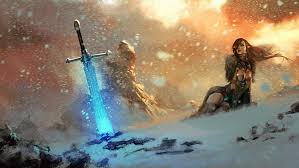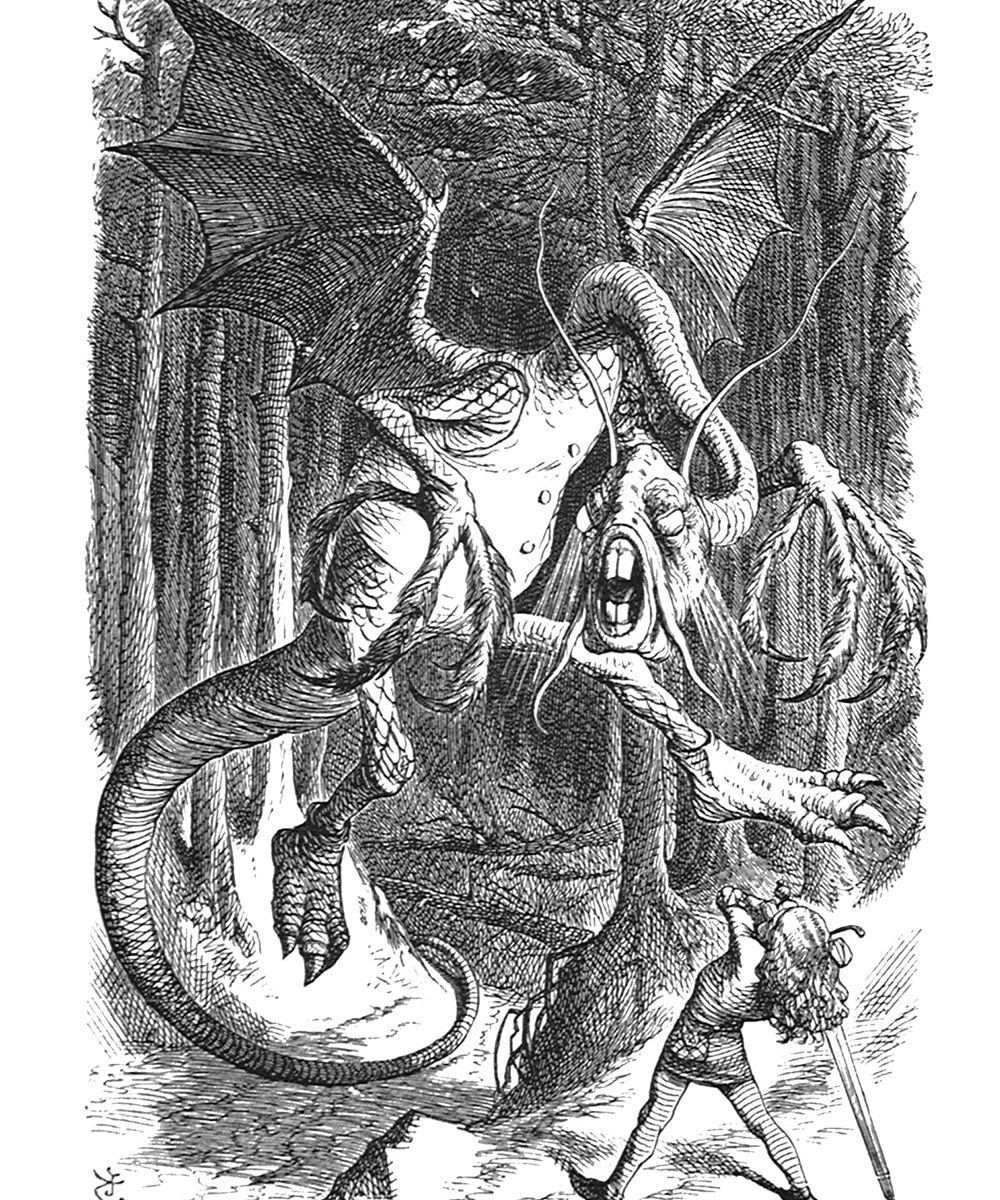Vorpal Swords in Dungeons and Dragons first appeared in the Greyhawk Supplement to Original Dungeons and Dragons in 1975. This wicked sword had the ability to sever the head of an opponent instantly killing those with only one head to lose. Naturally this was an instantly popular weapon to have for players and evil villains alike.
Vorpal Swords in Dungeons and Dragons by edition
In original Dungeons and Dragons the Vorpal Sword was a +2 blade. On a roll of 18-20 or any roll 10% greater than needed to hit the blade severs the neck of an opponent. It can only perform in the hands of a lawful fighter but in the hands of a paladin it also has an anti-magic function. Presumably this makes it the equivalent of a holy sword for original Dungeons and Dragons.
All later editions removed the alignment requirement. Any alignment could wield and use this blade in combat.
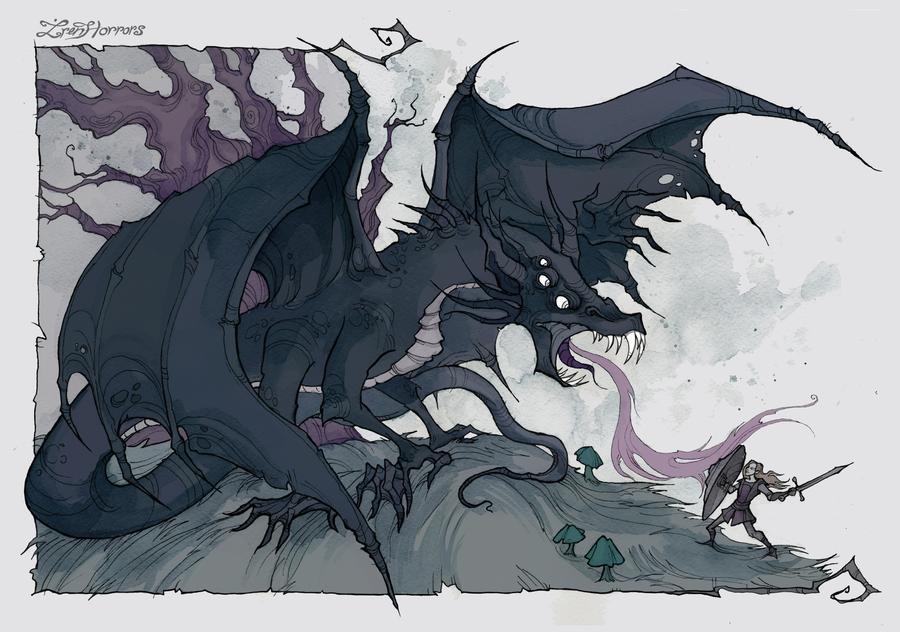
In 1st Edition the sword is a +3 blade for purposes of hitting and damaging. When a score on the to hit roll is high enough it will sever the neck of an opponent as follows:
- Normal/Unarmored opponent on a modified roll of 20-23
- Larger than man sized creature on a modified roll of 21-23
- Solid metal or stone opponent on a modified roll of 22-23
The 1st Edition DM is advised that some creatures have no neck to sever and are unaffected by this special effect of the vorpal blade. Some creatures have more than one head and will also not be killed by losing one of them.
In 2nd Edition the wording of the Vorpal Sword in the Dungeon Master Guide is virtually identical to that of the 1st Edition DMG.
In 3rd Edition a Vorpal effect was merely one possible enchantment of a magical weapon that might be determined randomly.
In Dungeons and Dragons 3.5 a Vorpal Sword wielder must roll a natural 20 to use the neck severing function of the blade. A second roll was needed to confirm the critical hit. A weapon in 3.5 need not be a sword in order to have a Vorpal effect to it. Any slashing weapon could be a Vorpal one if the DM wished to place it as such.
In Dungeons and Dragons 5th Edition the Vorpal Sword gains a +3 bonus to attack and damage rolls. The weapon also ignores resistance to slashing type weapons. On a 20 the sword severs a head of an opponent. The text of the DMG does not specify that this must be a natural 20. Presumably it must be. But that is debatable given the specific language used. A creature that cannot survive with the loss of that head will perish as a result of the injury. A creature with more than one head may survive. A creature that is totally immune to slashing damage will be immune to this effect of the sword. Some creatures may have legendary actions which preclude this effect. Or perhaps they may just be too large to have a neck severed. Such a creature, instead, takes an extra 6D8 slashing damage.
The historical origins of the Vorpal Sword
The idea of the Vorpal Sword did not begin with Dungeons and Dragons. It’s origins go back much further than the 1970s. In 1871 Lewis Carrol wrote the book “Through the Looking Glass” in which Alice (Alice in Wonderland) finds and reads a poem. The poem is called “Jabberwocky” in which a hero is fighting and slaying a beast which sounds similar to a dragon.
The Vorpal Sword is the weapon wielded by the hero and it is mentioned two times in the text of the poem:
- “He took his vorpal sword in hand,
longtime the manxsome foe he sought
So rested he by the Tum-Tum Tree
And stood awhile in thought. “ - ” One, two! One, two! And through and through
The vorpal blade went snicker-snack!
He left it dead, and with its head
He went galumphing back. “
Most of the poem makes little sense. And the nature of the Vorpal Blade is not really elaborated in the poem in any meaningful way. What is important, however, is that the hero wins the day using this blade. Therefore the blade must be magical!
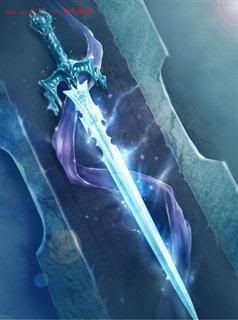
The Vorpal Sword in Dungeons and Dragons could be very over powered
Consider this. In 1st and 2nd edition one can sever heads quite easily. But in original Dungeons and Dragons it was even easier to do so with this weapon. If you are severing a head on a 20 (after applying the bonuses) it is not that difficult to sever heads. In fact….it should be occurring regularly in 1st and 2nd edition. But in Original Dungeons and Dragons you also have the statement that any roll of greater than 10% over the required to hit roll severs a head as well. So virtually every low level creature is going to lose a head any time a reasonably high level fighter rolls even a medium roll on a D10. That is a lot of heads flying off.
Naturally many Dungeon Masters would be rather careful about letting some blade like this into their campaigns. It could seriously unbalance the game in the player’s directions and lead to disastrous results.
As a result later editions watered down the effect of the blade to make it fit better for campaign use.
In my own campaign my players have insisted upon having critical hits as a part of it. As a compromise I imposed critical misses or fumbles as well. A player wielding a Vorpal Sword can be extremely dangerous to himself, herself or to their own party. I have had a character sever the neck of party members by accident several times over the years. It has gotten to the point that the players often keep that weapon sheathed and select something else to use in most combat encounters.
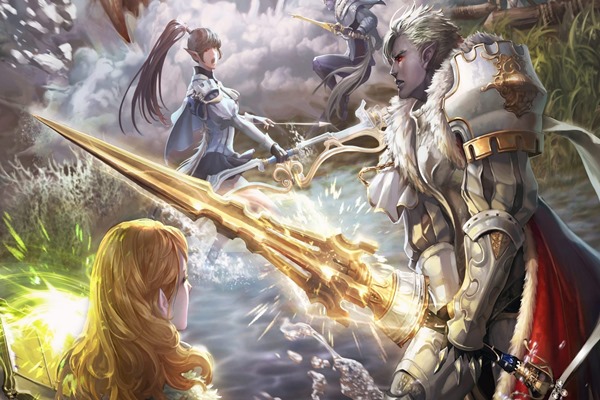
Vorpal Swords in Dungeons and Dragons game worlds
Over the years TSR used variations of the Vorpal Sword in several modules and campaign settings. Not all of these weapons were actually swords at all. There were many different variations:
- I9 Day of Al’Akbar had a Vorpal Short Sword
- DL3 Dragons of Hope had a Vorpal Long Sword
- H4 The Throne of Bloodstone had a Vorpal Sword in the hands of a Skeleton Warrior
- FA2 Nightmare Keep (2nd Edition) had a Vorpal Axe
- FRC2 Curse of the Azure Bonds had a Vorpal Sword
- WGR1 Greyhawk Ruins (2nd Edition) had a Two Handed Vorpal Sword
- EX2 The Land Beyond the Magic Mirror had an intelligent Vorpal Short Sword
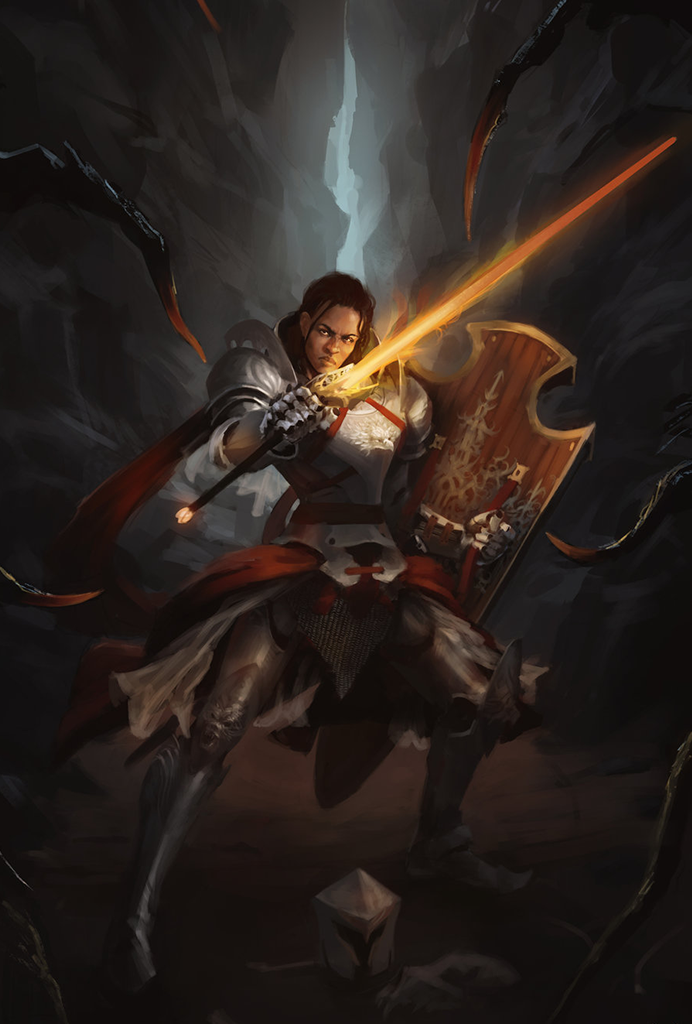
Vorpal Swords in Dungeons and Dragons are special regardless of the edition that you play
Regardless of edition. The Vorpal Sword is almost always at the top of every fighter class character’s wish list. The ability to sever heads (even if watered down a bit) is still something that will always attract the interest of the players using such characters. They will all want this blade. It is up to you to decide if you want to have one of these blades in your campaign at all.
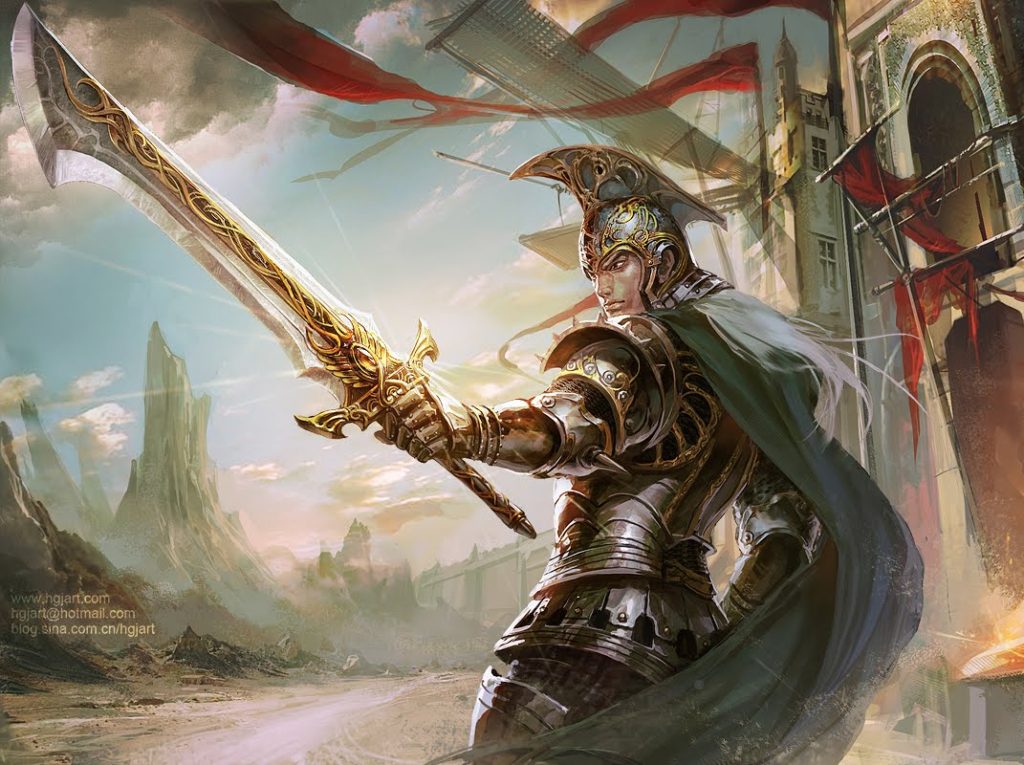
If you enjoyed this article then you might enjoy these:
- Traps in Dungeons and Dragons
- Torture Devices
- Sieges in Dungeons and Dragons
- The Tax Man
- Illusions Part one
- Illusions Part Two
- Psionics in Dungeons and Dragons
- Tricks, Emptry Rooms and Basic Trap Design Review
- Warfare in Dungeons and Dragons
- Weather in Dungeons and Dragons
- Omens and Prophecies
